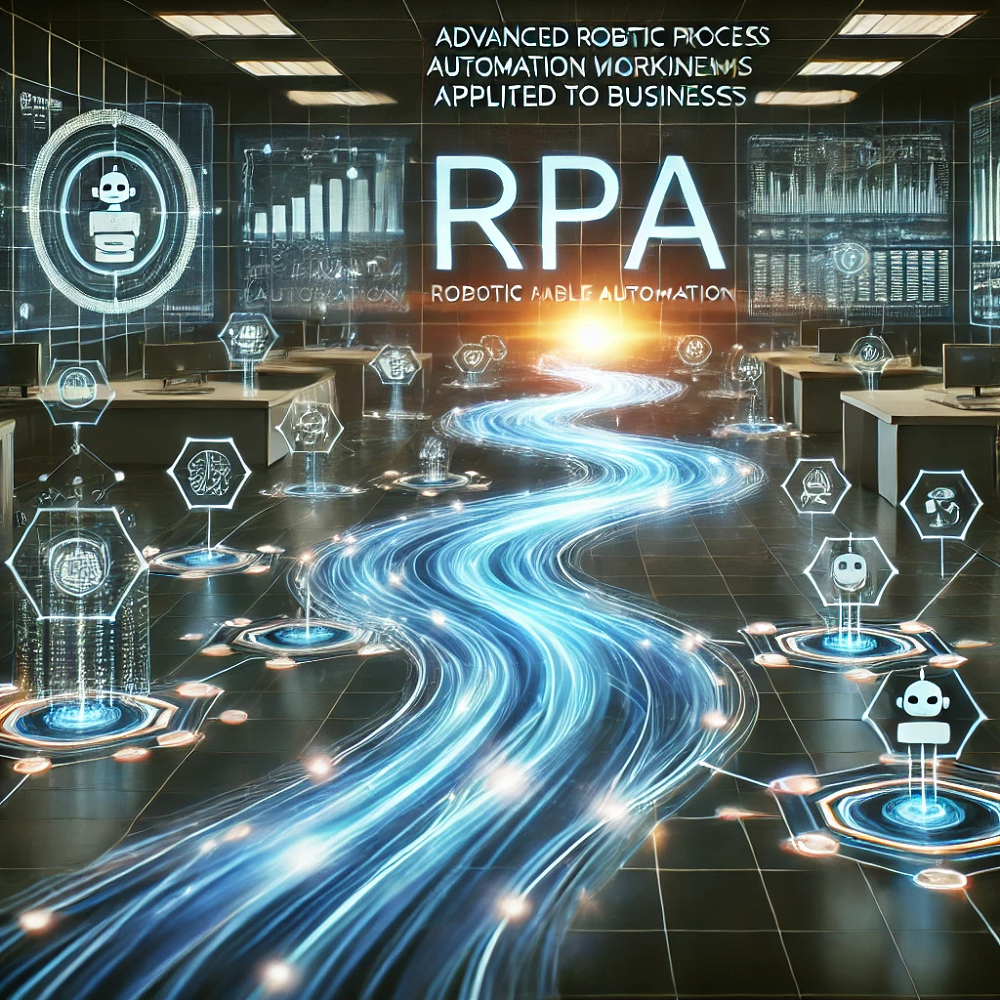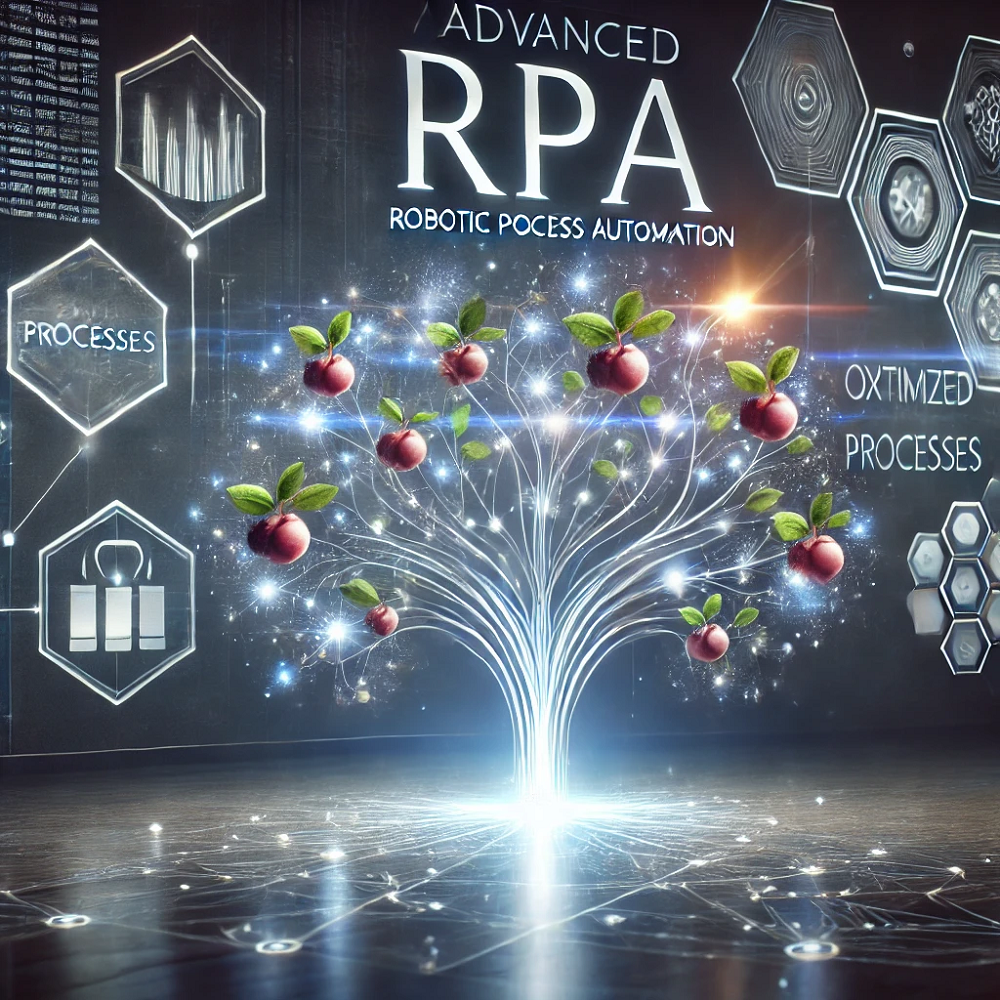The Service
How We Work: Your Automation, Step by Step
Description of the Service Workflow
Here is a detailed description of how a typical RPA service is carried out, focusing on the steps involving the client:
- 1. Initial Contact and Requirements Analysis:
- Initial Discussion: The client contacts us to express their needs and the problems they would like to solve with automation.
- Process Analysis: One of our experts analyzes the client’s business processes, identifying manual and repetitive activities that could be automated with RPA.
- Goal Definition: Together with the client, we define the specific goals to be achieved through RPA implementation, such as reducing costs, increasing productivity, or improving data quality.
- 2. Solution Design:
- Process Mapping: We create a detailed map of the processes to be automated, identifying interaction points with various systems and applications.
- Technology Selection: We select the RPA platform best suited to the client’s needs, considering factors such as process complexity, budget, and integration with existing systems.
- Prototype Development: We create an RPA robot prototype to demonstrate how the solution will work and gather client feedback.
- 3. Quotation and Proposal:
- Quotation Preparation: Based on process analysis and solution design, we prepare a detailed quotation, including costs, delivery times, and expected benefits.
- Proposal Presentation: We present our proposal to the client, clearly explaining the **benefits of RPA** and answering any questions.
- 4. Implementation:
- Robot Configuration: We configure the RPA robot according to the project specifications, defining the actions to be performed, system interactions, and exception handling.
- Testing and Validation: We thoroughly test the robot in a trial environment to ensure it functions correctly and meets the **set objectives**.
- Deployment: We deploy the robot in the client’s production environment, integrating it with existing systems.
- 5. Support and Maintenance:
- Training: We provide the client’s staff with the necessary training to use and manage the RPA robot.
- Post-Sales Support: We offer ongoing support to ensure the robot functions properly and address any issues.
- Performance Monitoring: We constantly monitor the robot’s **performance** and make necessary adjustments to optimize processes.
- 6. Optimization and Development:
- Results Analysis: We assess the results achieved with RPA implementation, comparing them to the **initial goals**.
- Optimization: We make the necessary changes to further improve the **robot’s performance** and process efficiency.
- Development of New Automations: We identify new automation opportunities and develop additional robots to expand the use of RPA within the client’s company.

